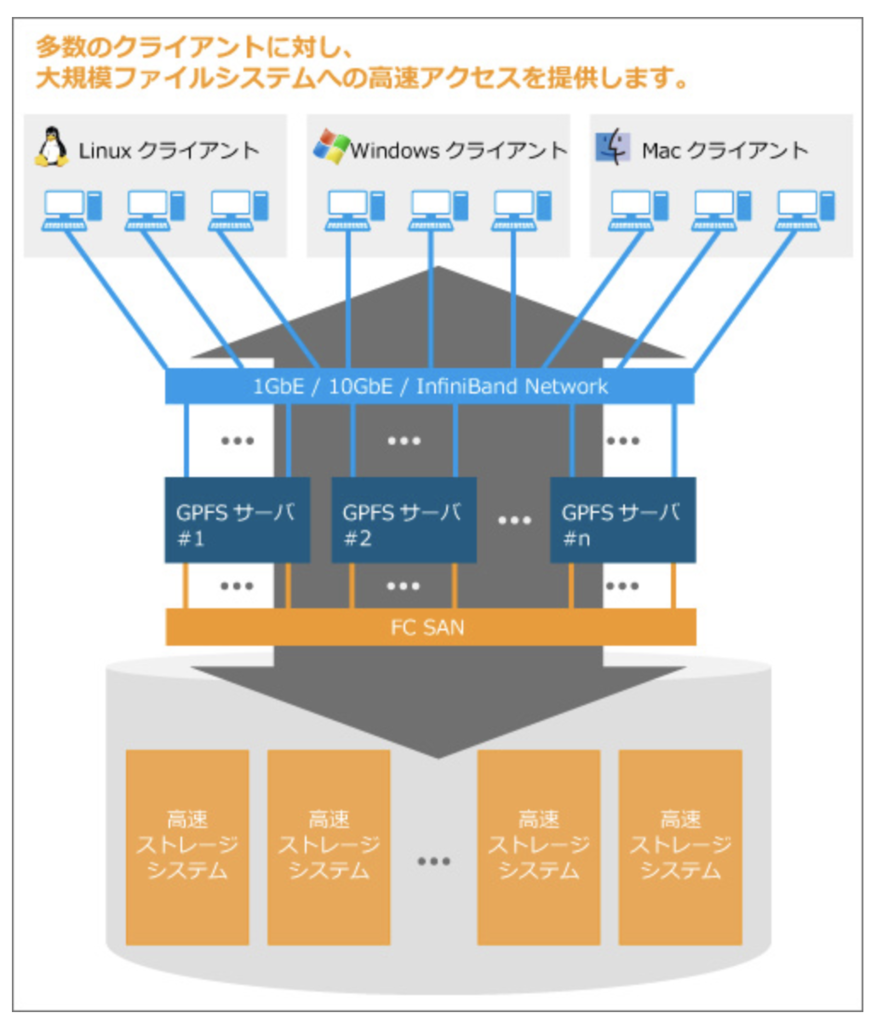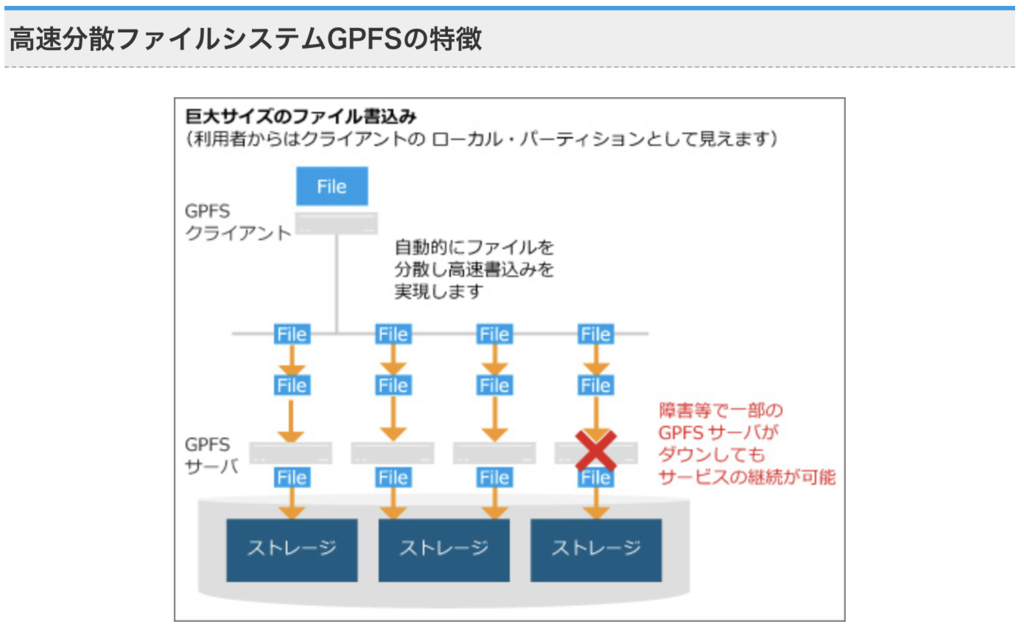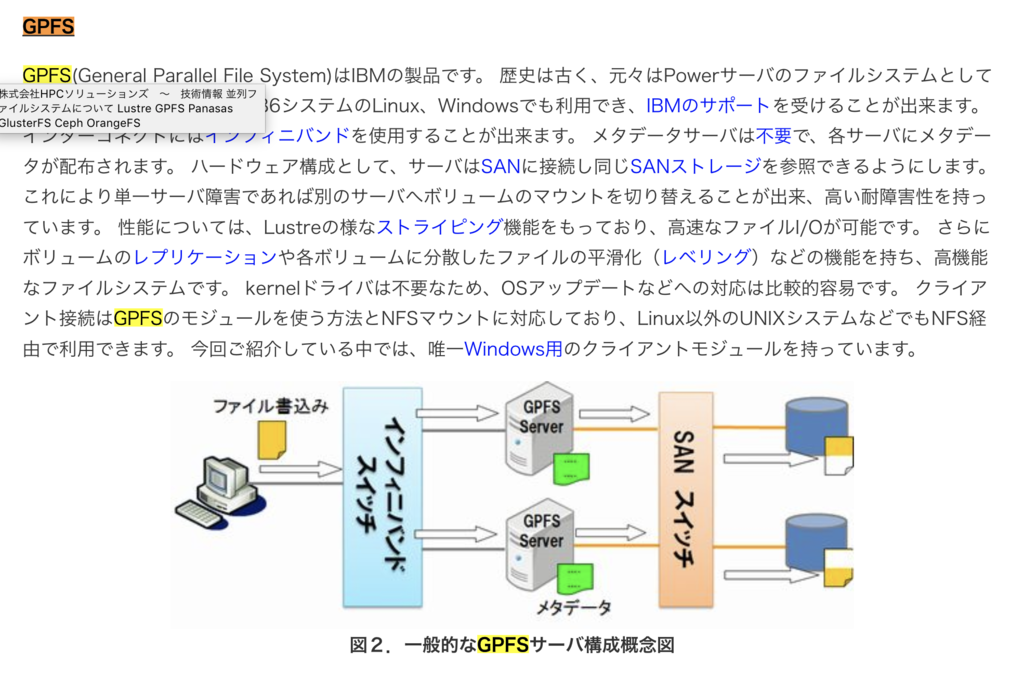ソース
import hashlib
import re
import itertools
import numpy as np
import matplotlib.pyplot as plt
UNIT_OF_SECTION = 5
def trans_to_nums(s):
s = s.encode('UTF-8')
m = hashlib.md5()
m.update(s)
h = m.hexdigest()
nums = [ int(i, 16) for i in re.split('(.{4})', h)[1::2] ]
return nums
def get_strings():
strings = [
'hoge1',
'hoge2',
'hoge3',
'hoge4',
'hoge5',
'fuga1',
'fuga2',
'fuga3',
'fuga4',
'piyo1',
'piyo2',
'piyo3'
]
return strings
def get_data():
all_strings = get_strings()
all_strings = itertools.zip_longest(*[iter(all_strings)]*UNIT_OF_SECTION)
data = list()
for section_strings in all_strings:
section_data = list()
for s in section_strings:
if s:
section_data.extend(trans_to_nums(s))
data.append(section_data)
return data
def output_graph(data):
for d in data:
x, y = (range(len(d)), d)
fig, ax = plt.subplots()
major_xticks = np.arange(0, UNIT_OF_SECTION*8+1, 8)
minor_xticks = np.arange(0, UNIT_OF_SECTION*8+1, 1)
major_yticks = np.arange(0, 65535+1, (65535+1)/5)
minor_yticks = np.arange(0, 65535+1, (65535+1)/5/5)
ax.set_xticks(major_xticks)
ax.set_xticks(minor_xticks, minor=True)
ax.set_yticks(major_yticks)
ax.set_yticks(minor_yticks, minor=True)
ax.grid(which='both')
ax.grid(which='minor', alpha=0.2)
ax.grid(which='major', alpha=0.8)
plt.plot(x, y)
plt.xlim([0, UNIT_OF_SECTION*8])
plt.ylim([0, 65535])
plt.show()
def main():
data = get_data()
output_graph(data)
main()


















